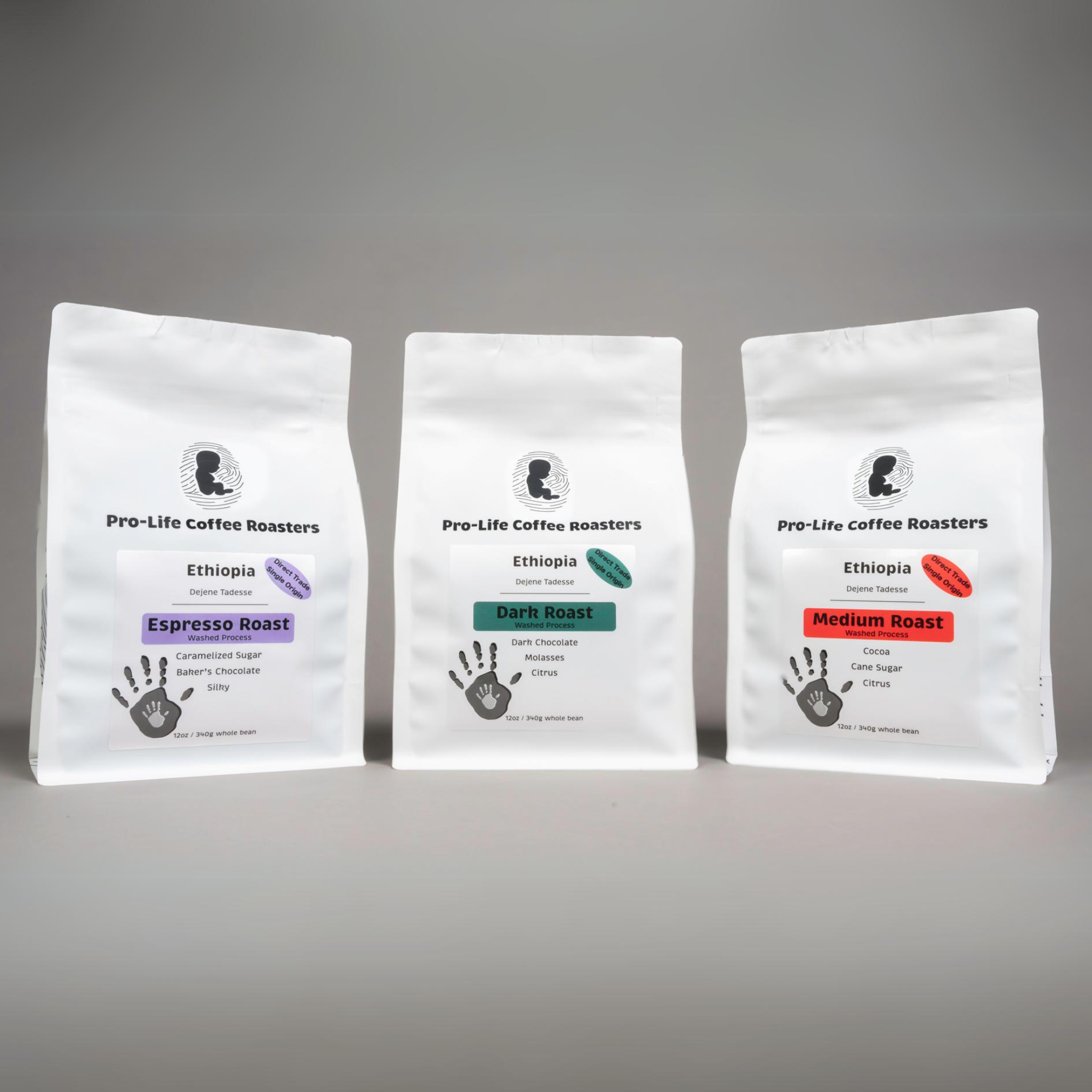Coffee Beans 101: Every Little Thing You Required to Understand About Coffee and Blended Coffee Beans
When it comes to coffee, comprehending the subtleties of coffee and blended beans can transform your everyday mug. From the growing procedure to roasting techniques, every step plays a role in your coffee experience.
Understanding Coffee Beans: Types and Varieties
When diving into the world of coffee, understanding the kinds and ranges of coffee beans is vital for each lover. You'll mostly come across two major types: Arabica and Robusta. Arabica beans are understood for their smooth, complicated flavors and lower high levels of caffeine material, making them a favorite among coffee connoisseurs. On the various other hand, Robusta beans load a punch with a stronger, more bitter preference and greater caffeine degrees, frequently made use of in coffee blends.
Within these species, you'll discover various regional selections, each bringing special characteristics. Ethiopian Yirgacheffe offers brilliant floral notes, while Colombian beans provide a well-balanced taste account. As you discover, remember to take note of handling methods like cleaned or all-natural, as they can significantly influence the final preference. By familiarizing yourself with these beans and their tastes, you'll boost your coffee experience and make more enlightened options in your developing trip.
The Expanding Refine: From Seed to Bean
When you discover the journey of coffee, it all begins with seed choice methods that set the structure for top quality. From there, growing and harvesting play vital duties in ensuring the beans flourish. Lastly, handling techniques change those gathered cherries right into the coffee beans you love.
Seed Choice Techniques
Picking the appropriate seeds is necessary for generating high-quality coffee beans, as it lays the foundation for the entire expanding procedure. Pay focus to the seed's age and storage space problems, as fresh seeds have a tendency to sprout far better. Take into consideration the condition resistance of various ranges, as this can considerably affect your return.
Growing and Harvesting
As you nurture your coffee seeds right into prospering plants, understanding the farming and harvesting process is important for attaining the most effective taste and top quality. Begin by growing your seeds in well-draining soil, preferably in a shaded location to protect them from direct sunshine. As your plants expand, keep constant dampness, and be conscious of their requirement for nutrients. Prune frequently to promote air movement and healthy development.
When it comes time to harvest, seek ripe cherries, which usually turn a vibrant red. Hand-picking is often the best technique to ensure only the ripest cherries are selected. Timing is crucial; collecting also late or also early can impact the taste profile of your beans. Welcome persistence and treatment, as this is where high quality begins.

Processing Approaches Discussed
As soon as you have actually harvested your coffee cherries, the next vital step is refining them to transform those dynamic fruits right into the beans you'll brew. In the completely dry procedure, you spread the cherries out in the sunlight to dry, enabling the fruit to ferment and impart one-of-a-kind flavors to the beans. Recognizing these methods is essential to appreciating your coffee experience.
Roasting Techniques: How Flavor Is Created
When it pertains to roasting coffee beans, understanding roast levels is essential to disclosing their one-of-a-kind tastes. Each toasting strategy influences the scent and improves the flavor advancement process, offering you a richer coffee experience. Allow's discover how these variables collaborated to boost your daily brew.
Roast Levels Discussed
Roast degrees play a necessary duty in forming the flavor profile of your coffee. You'll appreciate intense acidity and fruity notes when you select a light roast. As you relocate to a medium roast, you'll see a balance of sweet taste and complexity, frequently highlighting delicious chocolate or caramel flavors. Dark roasts, on the various other hand, deliver vibrant, great smoky characteristics with much less level of acidity, making them durable and rich. Each degree results from different roasting times and temperatures, affecting the beans' chemical make-up. By understanding these levels, you can better choose a coffee that matches your taste preferences. Explore various roasts to uncover which one reverberates with you, improving your overall coffee experience and pleasure.
Effect On Scent
The roast degree not only influences the taste of your coffee but additionally significantly influences its fragrance. When you pick a light roast, you'll commonly discover bright, floral notes that can make your coffee odor lively and fresh. As the beans darken, the scent changes; a tool roast brings out more well balanced, caramelized fragrances, while a dark roast tends to include vibrant, smoky touches. Each toasting technique launches different unstable compounds, shaping exactly how your coffee scents. Furthermore, the quality of the beans plays an important function; fresh roasted coffee launches extra aromatic oils, improving that tempting aroma. So, focus on the roast degree-- it's key to revealing the complete fragrant experience of your mixture.
Taste Development Process
As you discover the flavor growth procedure, you'll discover that toasting strategies play an essential role in shaping the taste account of your coffee. The roasting temperature and time straight affect the level of acidity, sweetness, and anger of the beans. Light roasts keep even more of the bean's original tastes, highlighting flower and fruity notes. Medium roasts equilibrium acidity and body, using an all-round flavor. Dark roasts, on the various other hand, bring out bold, great smoky characteristics while decreasing the bean's intrinsic high qualities. Throughout toasting, chain reactions, like the Maillard response and caramelization, change the beans and boost their intricacy. Try out different roasting levels can aid you discover your excellent mixture, so don't hesitate to taste and uncover the rich range of flavors!
Espresso vs. Blended Coffee: Secret Differences
Espresso and mixed coffee each deal one-of-a-kind experiences that deal with different tastes and preferences. Espresso is a focused coffee brewed by forcing warm water with finely-ground coffee beans, leading to a rich, strong flavor and a luscious layer of crema on top. It's often enjoyed as a shot or utilized as a base for drinks like coffees and lattes.
On the various other hand, blended coffee incorporates various beans from various areas, creating an extra well balanced flavor account. You'll frequently discover blends that highlight acidity, sweet taste, or body, making them versatile for various developing approaches. While coffee concentrates on strength, mixed coffee might provide a wider variety of tastes that can change with each sip.
Ultimately, your selection in between espresso and combined coffee boils down to your personal choice. Whether you hunger for a quick jolt or a leisurely cup, both choices have something delicious to offer.

Developing Methods: Unlocking the Perfect Cup
When it pertains to brewing coffee, discovering the right technique can change your experience and elevate your cup. Each developing technique has its special beauty and can substantially affect your coffee's flavor and aroma. Utilizing a French press allows you to appreciate a full-bodied and abundant brew, while a pour-over technique offers a clean, bright cup with distinctive tastes.
If you like espresso, buying a high quality machine can assist you grasp the art of pulling shots. SOE For benefit, a single-serve husk system offers speed without sacrificing taste.
Do not fail to remember regarding chilly brew, which supplies a smooth, less acidic coffee suitable for hot days. Experiment with various approaches to find what reverberates with your taste.
Tasting Notes: Recognizing Taste Profiles
How can you really value your coffee if you don't know what flavors to look for? Tasting notes are your guide to recognizing the intricate globe of coffee. When you sip, focus on the initial tastes that hit your palate. You might spot fruity notes, like berry or citrus, or perhaps a nutty undertone. As you proceed to taste, see how the tastes advance-- this is called the "coating." Some coffees might leave a chocolatey or caramel aftertaste, while others might have a brilliant, tidy surface.
Consider the body of the coffee, also; is it airy and light or thick and syrupy? Do not neglect level of acidity; a brilliant acidity can include vigor, while a low acidity might give a smoother experience. By recognizing these flavor profiles, you'll grow your link with each cup, making coffee sampling a delightful journey of exploration.

Tips for Selecting and Storage Coffee Beans
Choosing and saving coffee beans effectively can significantly enhance your developing experience. Beginning by selecting premium beans that fit your taste - SOE.
When you have your beans, keep them in an airtight container to avoid exposure to wetness, light, and air. A dark, awesome place functions best, so prevent maintaining them in the fridge or freezer, as this can present dampness. Just grind the quantity you need to keep quality; whole beans keep flavor longer than pre-ground coffee.
Finally, try to utilize your beans within 2 to four weeks after opening for peak taste. Adhering to these suggestions will assure your coffee stays pleasurable and flavorful, raising your everyday brew to new heights.
Regularly Asked Inquiries
Exactly How Long Do Coffee Beans Stay Fresh After Roasting?
Coffee beans stay fresh for concerning two weeks after roasting - SOE. You need to keep them in an airtight container, away from light and moisture. After that, their flavor and fragrance start to reduce substantially

Can I Mix Different Coffee Bean Varieties?
Definitely, you can blend various coffee bean varieties! Try out blends can boost tastes and develop a special taste profile. Simply make certain to stabilize the strengths and features of each variety for the very best results.
What Is the Suitable Work Size for Espresso?
For coffee, you'll want a fine grind dimension, concerning the appearance of table salt. This enables perfect extraction, leading to an abundant, flavorful shot. Experiment a little bit to locate what fits your preference best!
Just How Does Elevation Affect Coffee Bean Taste?
Altitude impacts coffee bean flavor by affecting the growth rate and chemical structure. Greater elevations lead to slower maturation, which enhances acidity and complexity, providing your coffee a vivid and special preference you will not neglect.
Are There Decaffeinated Variations of Coffee Beans?
Yes, there are decaffeinated versions of espresso beans. You can delight in an abundant espresso taste without the caffeine kick. Just search for "decaf" blends at your neighborhood cafe or specialized shop.
Coffee Beans 101: Every Little Thing You Required to Know About Coffee and Blended Coffee Beans.
When diving into the globe of coffee, recognizing the kinds and varieties of coffee beans is important for every fanatic.When it comes to roasting coffee beans, recognizing roast levels is essential to exposing their unique tastes. Espresso is a concentrated coffee brewed by forcing warm water via finely-ground coffee beans, resulting in a rich, vibrant taste and a luscious layer of crema on top.On the other hand, combined coffee combines various beans from various regions, developing a much more well balanced flavor account.